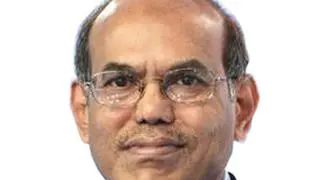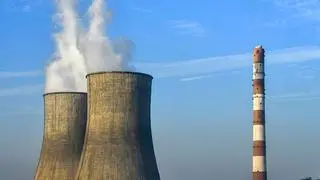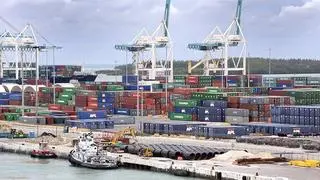State governments are struggling with high costs of power purchase, putting pressure on power distribution companies. The higher costs are due to an increase in price of coal, rail freight, rise in electricity demand, and an increase in short-term purchase costs, among others.
According to data compiled by the Ministry of Power, the average cost of power purchase has increased to ₹4.30 a unit in the first half of financial year 2018-2019 from ₹4.12 a unit in the first half of financial year 2017-2018.
State-wise costs
Telangana has the highest power purchase cost during the period under review at ₹5.10 a unit while Karnataka comes second at ₹4.74 a unit. The lowest power purchase costs have been assessed in Goa at ₹3.21 a unit and Himachal Pradesh at ₹2.29 a unit.
In total, 11 States (of the 20 States reviewed) have average power purchase costs above ₹4 a unit. The hike in power purchase costs have been driven by higher coal and freight charges.
“It can be noted that during financial year 2018-2019, there has been an increase in the price of coal across all grades. The price of G12 (3,700 to 4,000 kilo-Calories) grade increased by around 17 per cent. Railway transportation charges of coal and coke have had successive increases of 21 per cent and 8.75 per cent effective January and November 2018,” the Ministry of Power said in a statement circulated to State governments.
Further worsening the position of DISCOMs are inadequate electricity tariff hikes despite the higher costs. This is in contrary to the reforms envisaged under the Ujwal DISCOM Assurance Yojana (UDAY), the centre’s flagship scheme for improving the health of power distribution companies.
During the UDAY period (practically post January 2016), there has been an increase in the fixed costs incurred by the DISCOMs.
Consumers spared
According to the Power Ministry, establishment and other costs during the UDAY period have increased from ₹0.68 a unit in financial year 2016 to ₹0.72 a unit in financial year 2018. This is majorly due to implementation of the Seventh Pay Commission and expansion of the distribution network under various government schemes. But these higher costs are not being passed on to the consumer adequately.
Tariff hikes
“Under UDAY scheme, States are required to rationalise consumer tariff as per the given trajectory. However, despite increase in various cost elements, the same has not translated into corresponding increase in tariff. Only 17 States have increased their tariff for financial year 2018-2019, compared with 22 States in financial year 2017-2018,” said the Power Ministry.
“Some States have not increased tariff in financial year 2019 as per the hikes envisaged in the UDAY MoUs resulting in shortage of revenue,” the Ministry added.









Comments
Comments have to be in English, and in full sentences. They cannot be abusive or personal. Please abide by our community guidelines for posting your comments.
We have migrated to a new commenting platform. If you are already a registered user of TheHindu Businessline and logged in, you may continue to engage with our articles. If you do not have an account please register and login to post comments. Users can access their older comments by logging into their accounts on Vuukle.